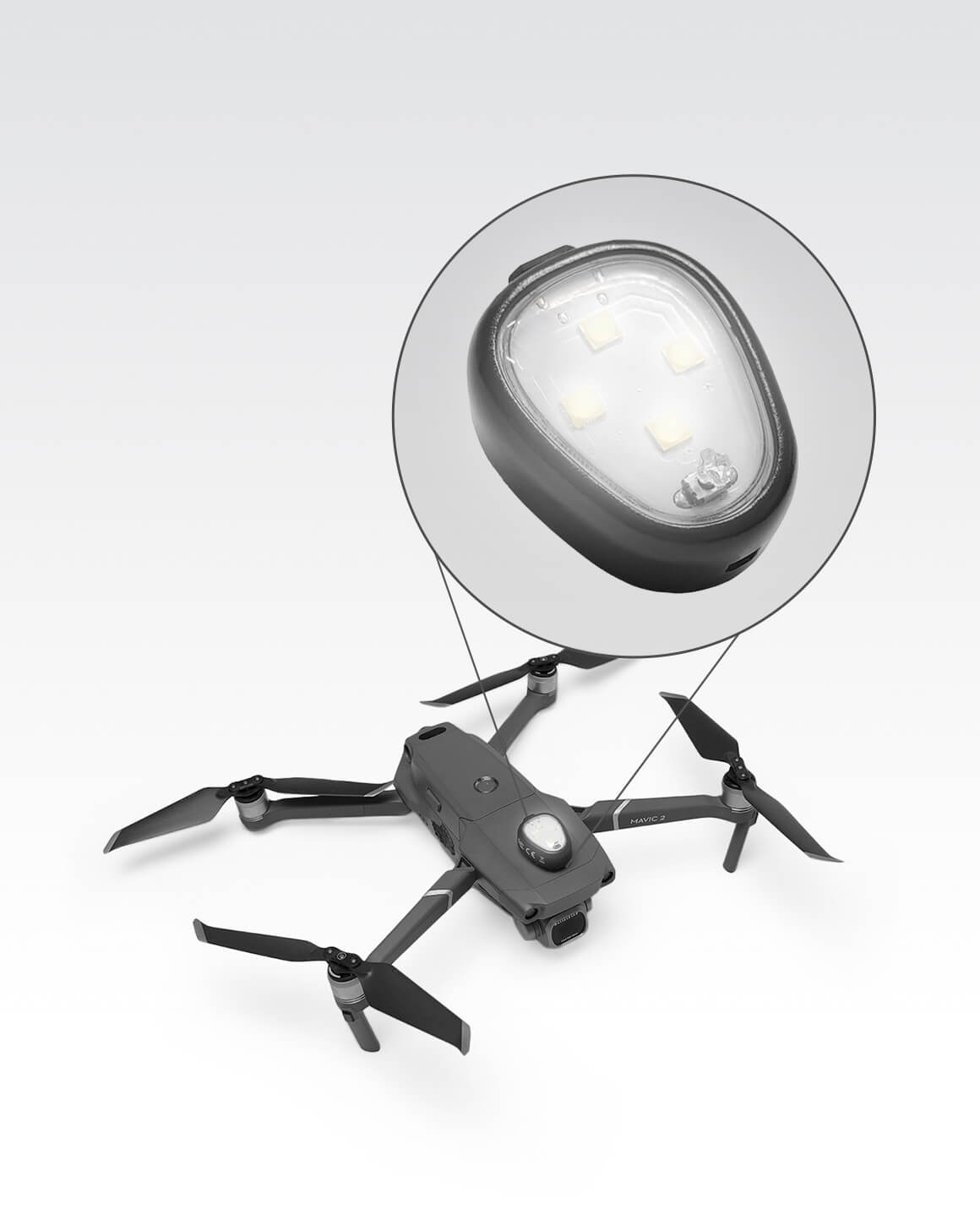HoozierDroneDaddy
Well-Known Member
- Joined
- Mar 12, 2017
- Messages
- 1,084
- Reactions
- 768
- Age
- 73

Lume Cube Anti-Collision Strobe Lighting Universal Drone Light
Fly with peace of mind. This industry-leading anti-collision strobe light ensures that your drone stays federally compliant while capturing mind-blowing footage.lumecube.com
Okay, so no picture, but read the description...
3+ mile visibility.
I already said I had VLOS the whole flight.
...there's definitely bigger fish to fry guys...
I'm 100% legal all the time, may not have been in the past, but this forum has fixed that. I'm not willing to lose my drone, my favorite hobby, my favorite money maker... for some cool shots. That's for the next guy.
There's plenty of legal footage to be had out there.
This is simply a question of whether you as a person, would trust your MA2 for this flight, knowing it's bird-y, and you don't have a boat... but you have 2 Getterbacks and can walk...
It's shallow.
Thanks. Have a great day.
Shallow, Able to walk the two miles. What about hazards in/under the water?









